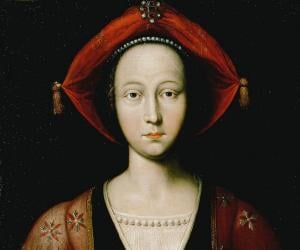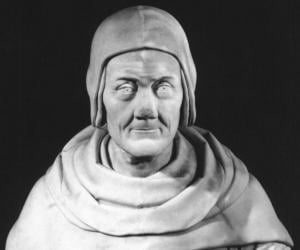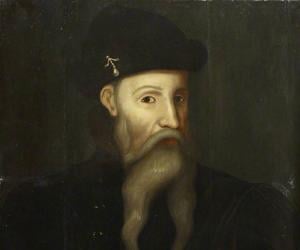Credit goes to Johannes Gutenberg for transforming book-making from manuscripts to the printed form as he introduced the movable-type printing press in the 15th century. The German printer and publisher’s invention contributed to mass communication during the Renaissance. He was not successful in his business and was exiled during the later years of his life. He was also a goldsmith.
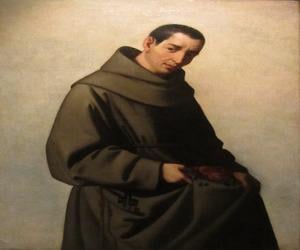
Didacus of Alcalá was a Franciscan lay brother best remembered for his missionary work in the Canary Islands. Many miracles have been attributed to him and he is considered a saint by the Roman Catholic Church. Didacus of Alcalá is the patron of the Diocese of San Diego.

Sculptor Luca della Robbia is best remembered for launching his own studio of enameled terra-cotta. While he initially specialized in marble work, he was also one of the first to work in the Florentine Renaissance style. The Resurrection lunette of the Florence Cathedral is one of his best-known works
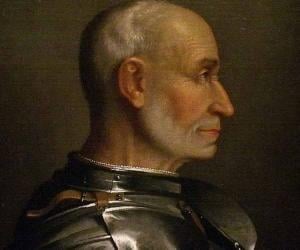
Bartolomeo Colleoni was an Italian condottiero who served as the captain-general of the Venetian Republic. Colleoni went on to become the leading disciplinarian and tactician of the 15th century. Bartolomeo Colleoni is also credited with revamping the Roman baths in a town called Trescore Balneario.
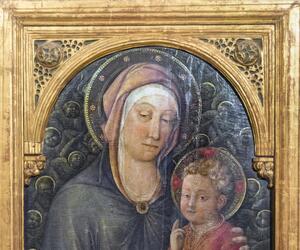
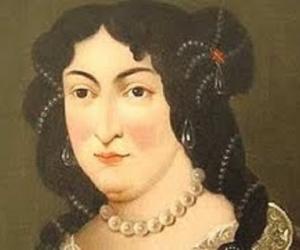
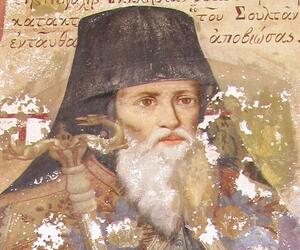
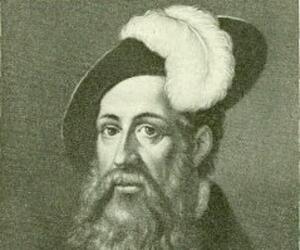

Best remembered for his Treatise on Architecture, Filarete was a Florentine architect, sculptor, medalist and author. Born Antonio di Pietro Averlino, he was given the name Filarete, meaning lover of excellence, possibly by his teacher Lorenzo Ghiberti. Later, he began working independently, building the bronze central doors of Old St. Peter’s Basilica in Rome and Ospedale Maggiore in Milan.
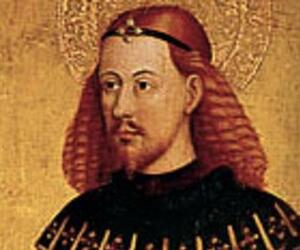
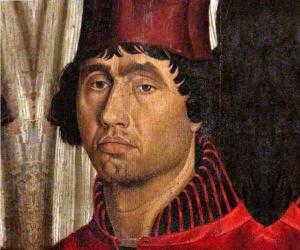
John, Constable of Portugal was a Portuguese prince of the House of Aviz. The son of King John I and Philippa of Lancaster, John became the third Constable of Portugal after the demise of Nuno Álvares Pereira. Hence, he is also known as the Constable Prince.
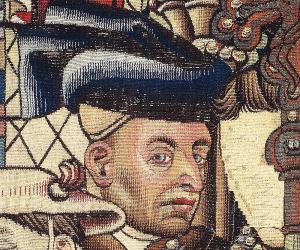
Roger van der Weyden was an Early Netherlandish painter whose paintings were exported to Spain and Italy, thanks to his popularity and success. Not surprisingly, Van der Weyden received commissions from important people and foreign princes. Today, Roger van der Weyden is considered one of the three great Early Netherlandish painters and the 15th century’s most influential Northern painter.
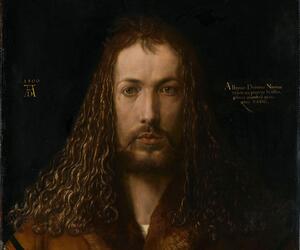

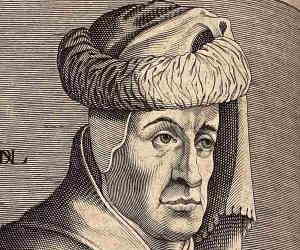
Valued for his reliable account of the later stages of the Hundred Years’ War, Enguerrand de Monstrelet was a French chronicler, whose works contain many authentic documents and reported speeches. Published in two volumes, it is a continuation of Froissart's Chronicles, covering the period between 1400 and 1444. He also witnessed Joan of Arc being interrogated by Duke of Burgundy.
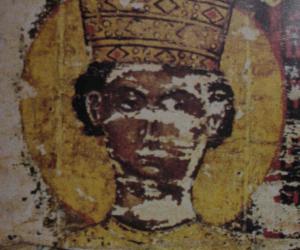

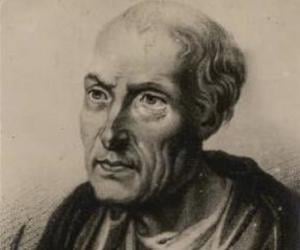
Though not much is known about Welsh poet Siôn Cent, it’s believed he disliked the flattery of nobles that was prominent in the verses of the bards of his time. He infused a freshness in the treatment of spiritual themes in Welsh poetry. A poem in praise of Brecknockshire remains his best-known work.
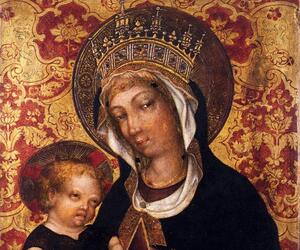


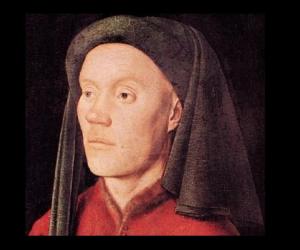
Gilles Binchois was a composer and one of the most important and earliest members of the Burgundian School. He is also counted among the three most popular composers of the early-15th century. Binchois' works were often cited and used as source material even after his demise. Also remembered for his compositions, Binchois is regarded as the 15th century's finest melodist.
